
| Table of Contents | ECSS | Model Page |
| Background Information | Background Information | |
| View Factor Calculation | ||

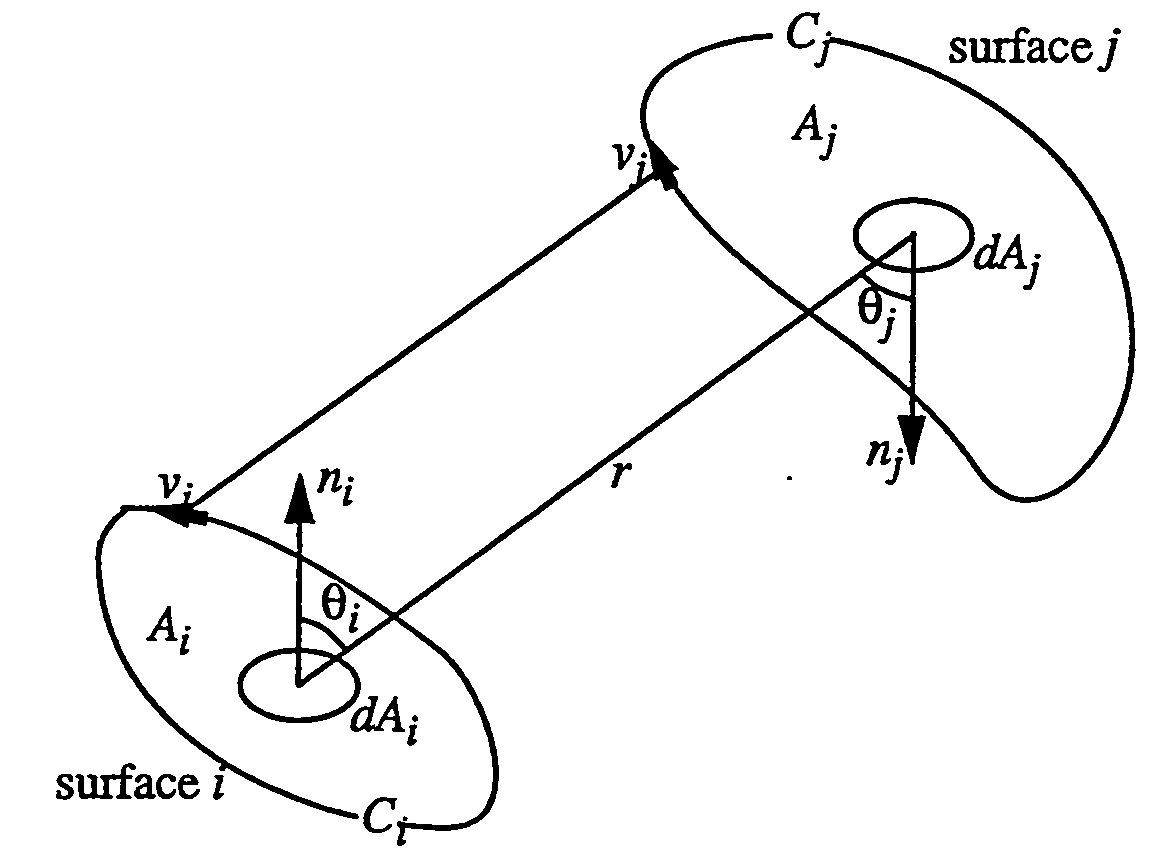
|
| Figure 1. Geometry and nomenclature for calculating view factors between finite areas. |
Each surface is triangulated according the Delaunay algorithm in order to avoid skinny triangles. The triangulation is stopped when a minimal triangle area is reached. The minimum area is an input parameter set by the user. The default value is 10% of the surface area. The triangles can be considered as elemental areas. The view factor between each pair of surfaces is then given by the sum of the view factors between each pair of triangles.
We remark that in generating the geometry configuration each surface is flat and has only one active side. The surface normal follows from the order of the vertices and using the right hand rule.
Once each surface has been divided into subfaces, we check for visibility between each pair of triangles by constructing rays between the centroids of these areas and between each of the vertices of triangle i to each of the vertices of triangle j. If there is no obstruction we perform a double line integration, otherwise a double area integration. In both cases the numerical integration is Gaussian. For triangles with a common edge we apply a single area integration. To assure some integration convergence we put a tolerance on the difference between successive computed values of the view factor. If the tolerance is not met, either the edges of the triangles are divided in subsegments or the triangle is further divided into subtriangles until an acceptable convergency is reached. The tolerance value is an input parameter for the user. The default value is set at 10-4.
| Fi,j | 1 | 2 | 3 | 4 |
| 1 | 0 | 0.11562061 | 0.08420429 | 0 |
| 2 | 0.11562061 | 0 | 0 | 0.19861318 |
| 3 | 0.33681717 | 0 | 0 | 0 |
| 4 | 0 | 0.79445272 | 0 | 0 |
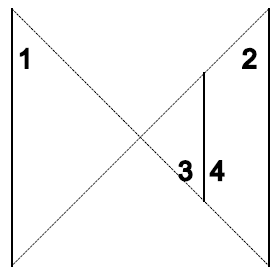
|
| Figure 1. Shapiro (1983) test configuration for obstructed view factors. |
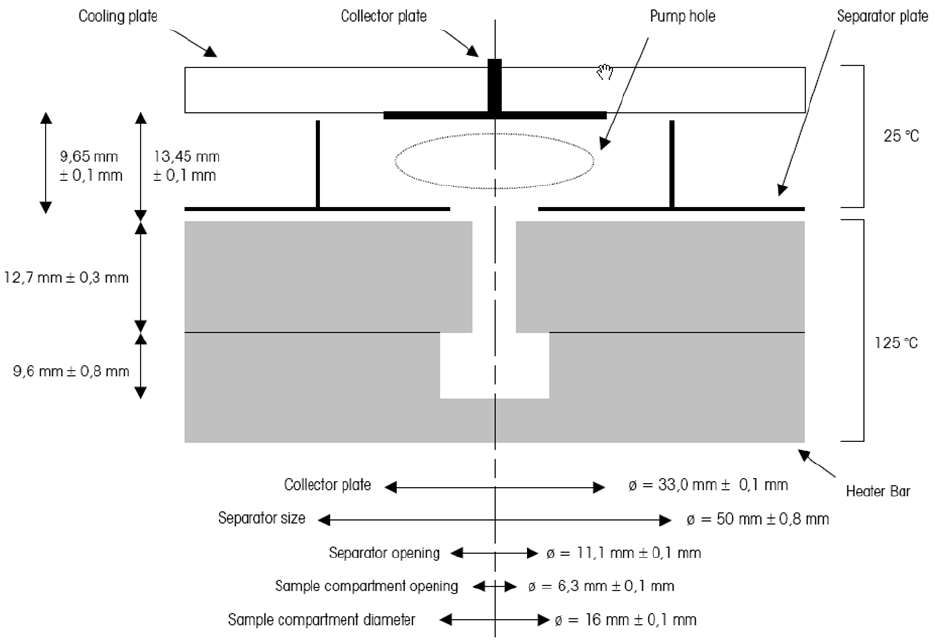
|
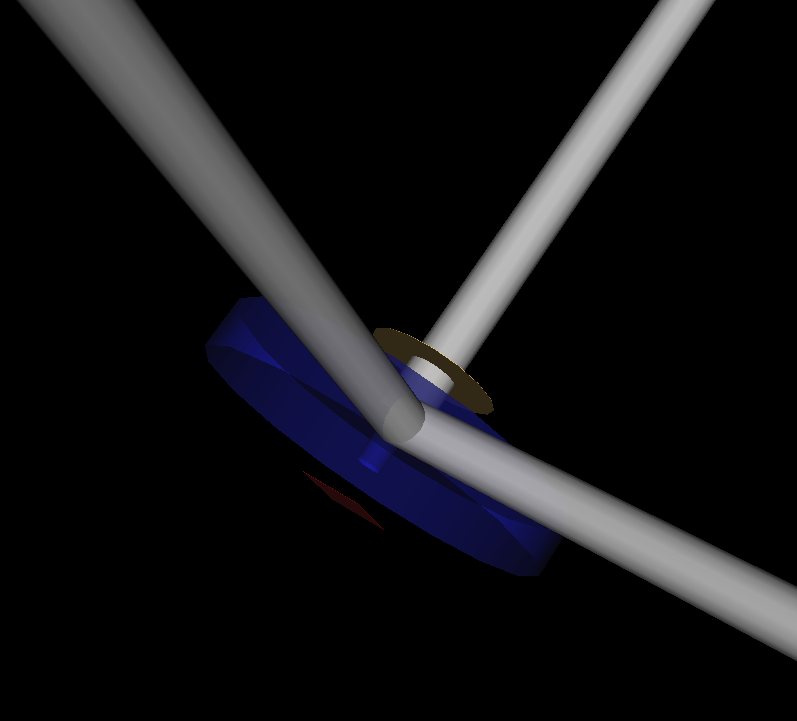
|
| Figure 2.1. Micro-VCM equipment. | Figure 2.2. Implemented configuration. |
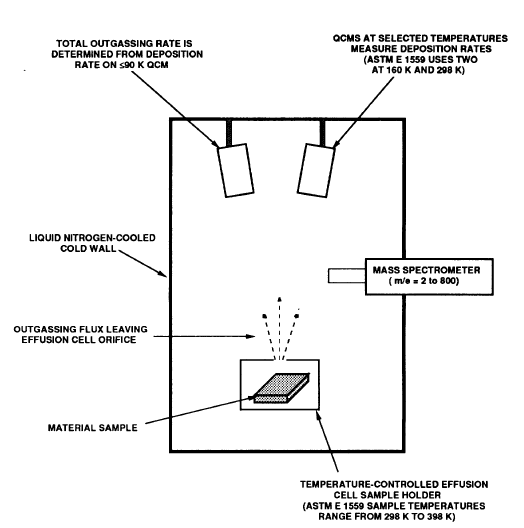
|
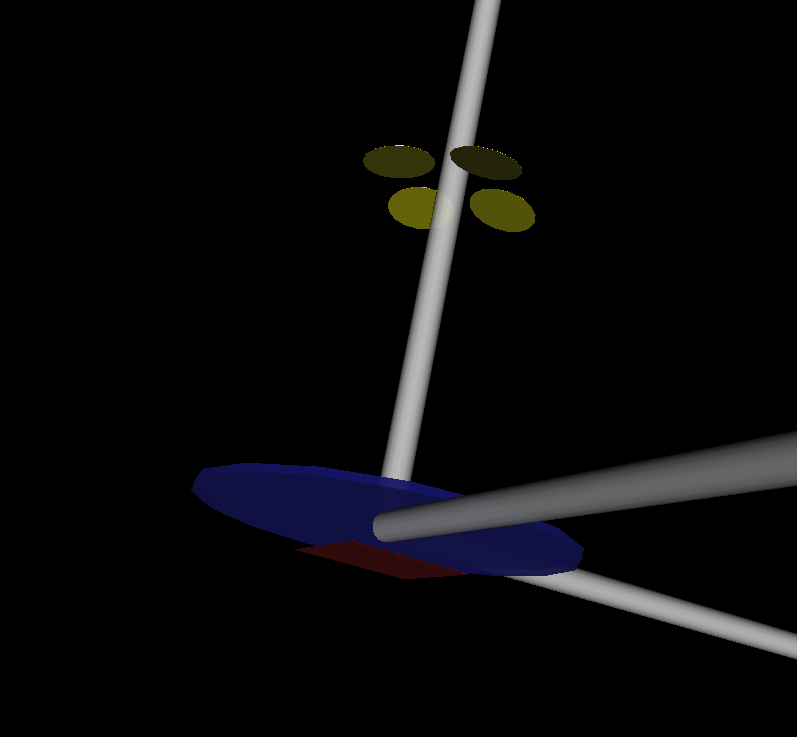
|
| Figure 3.1. Schematic of the measurement method used for ASTM E 1559. | Figure 3.2. Implemented configuration. |
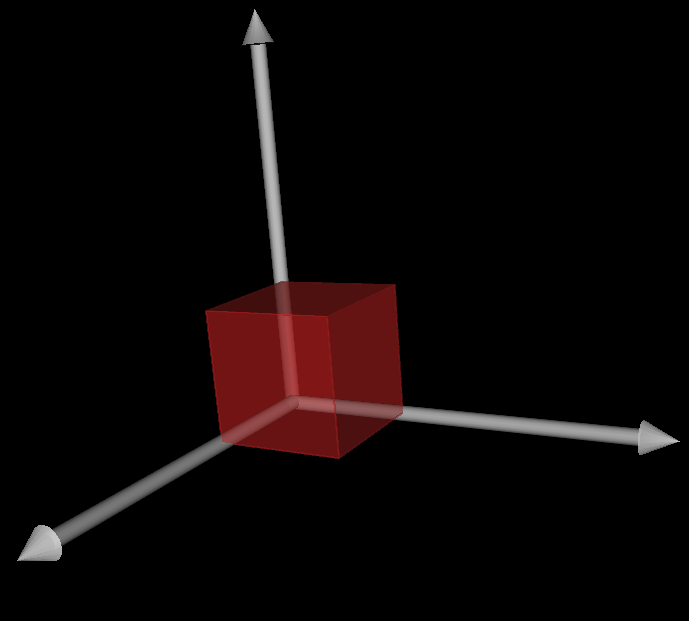
|
| Figure 4. 1x1x1 cube. |
ECSS-Q-ST-70-02C, 15 November 2008.
J.W. Garret, P.M. Glassford, and J.M. Steakley, "ASTM E 1559 Method for Measuring Material Outgassing/Deposition Kinetics", Lockheed Missiles & Space Company Inc., Sunnyvale, CA.
A.B. Shapiro, "Computer Implementation, Accuracy and Timing of Radiation View-Factor Algorithms", Technical Report UCRL-89602, ASME winter annual meeting, Boston, MA, USA, 13 Nov 1983.
G. Walton, "Calculation of Obstructed View Factors by Adaptive Integration", NIST Report NISTIR-6925, 2002, see also http://view3d.sourceforge.net/